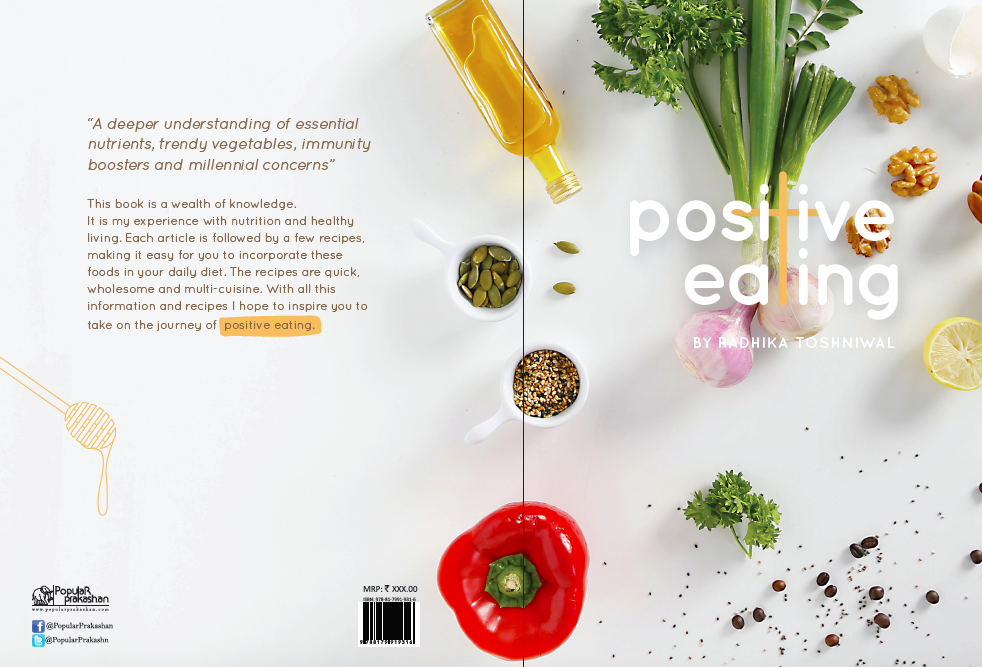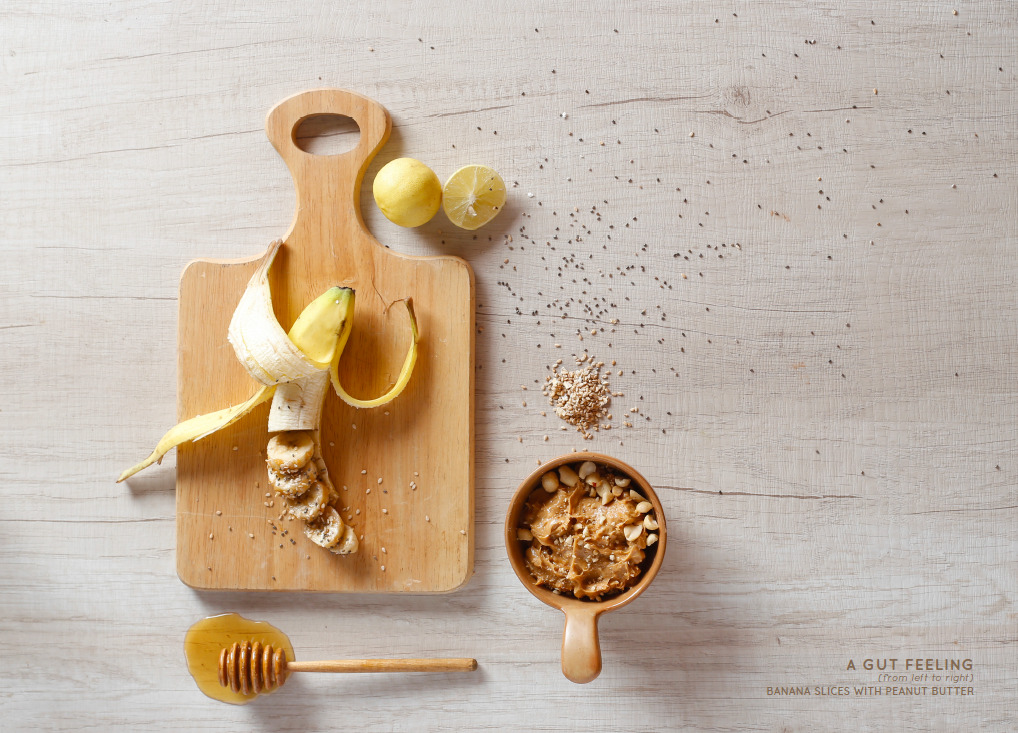I am a big believer that what we eat, not only affects us physically but also mentally. There’s a strong connection between food and mental health and thankfully, many experts not only propagate the idea but have gone one step ahead and are showing health and wellness enthusiasts how to get it done.
One such personality is Radhika Toshniwal. A sports nutritionist by profession, she recently launched her book ‘Positive Eating, A Guide To Everyday Health & Nutrition with Easy-to-Cook Recipes’.

The first thing that caught my attention was the title, Positive Eating. Why? Because now there’s a term for eating to promote physical and mental wellness via food and I love it. So I decided to speak with and get her insight on three things especially, matters I write about a lot on my blog.
EVERYONE IS AWARE OF POSITIVE THINKING, WHAT DO YOU MEAN BY POSITIVE EATING?
The book is not a book on weight loss, dieting, or just recipes, it is a book with nutritional information on common concerns like acidity, constipation, allergies, and millennium concerns like hangover, stress, and caffeine. The book also covers alkalizers and energizers. It deals with foods to eat and avoid these concerns. The recipes help to introduce these changes in your habits. Thus the book gives information that helps make choices which have a positive effect on your health. By changing the way you eat, you can positively change your physical and mental health.
Thus positive eating.
DO YOU BELIEVE THAT THE FOOD WE EAT AFFECTS US MENTALLY AS WELL?
Yes, the food we eat definitely influence our moods, feelings and thought. The gut generates the neurotransmitters serotonin, which calms us down, dopamine, influences motivational levels and ghrelin which controls appetite. I have spoken in detail about the gut which is called the second brain, and its connections with our thinking brain. Each of these brains influences each other. Our thoughts and feelings, anxieties and fears cause flutters in the stomach and can be the reason for a loss of appetite. At the same time, a distressed gut can cause stress and anxiety.
IF YOU COULD GIVE ONE ADVICE TO ALL THOSE TRYING TO EAT HEALTHY AND LIVE AILMENTS FREE, WHAT WOULD IT BE?
Eat small meals throughout the day, with awareness, without mobiles and television. Eat fresh, locally available, seasonal foods, cooked lightly. Try to include alkaline foods like fruits, raw vegetables as in salads. Eat a balanced meal of carbohydrates, proteins, fats and vitamins, including a variety of colours and all tastes, sour, bitter, astringent like in our thali.
AVOID PROCESSED, PREPACKAGED FOODS AS THEY ARE HIGH IN PRESERVATIVES, ADDITIVES AND COLOURS. A LOT OF THEM ARE HIGH IN TRANS FATS AND SUGAR.
I like that her insights and to-dos are simple, practical and effective. But as someone who uses food to heal, I needed something more from her. A simple recipe for beating fatigue and this topic is very personal to me and if you read my blog regularly, then you know that I write about it a lot.
So she kindly agreed and shared a healthy and vegetarian recipe for tackling fatigue.
BANANA SLICES WITH PEANUT BUTTER

This recipe has a balance of simple carbohydrates, potassium from banana, protein coming from peanut butter, also the fat in peanut butter is a mono-saturated good fat and not a saturated fat.
INGREDIENTS AND METHOD

BENEFITS
- It’s loaded with seeds which provide you calcium, omega 3 and antioxidants.
- It’s easy, inexpensive and quick to make. Besides its yum.
- It does well as an in-between snack, as a dessert or even as a side dish with breakfast.
This recipe is excellent for fatigue as the sugar primarily glucose in the banana, provides a quick release of sugar and is absorbed by the cells fast, giving immediate energy to a fatigued person. The natural potassium, added salt and lime provide electrolytes which help recovery.

